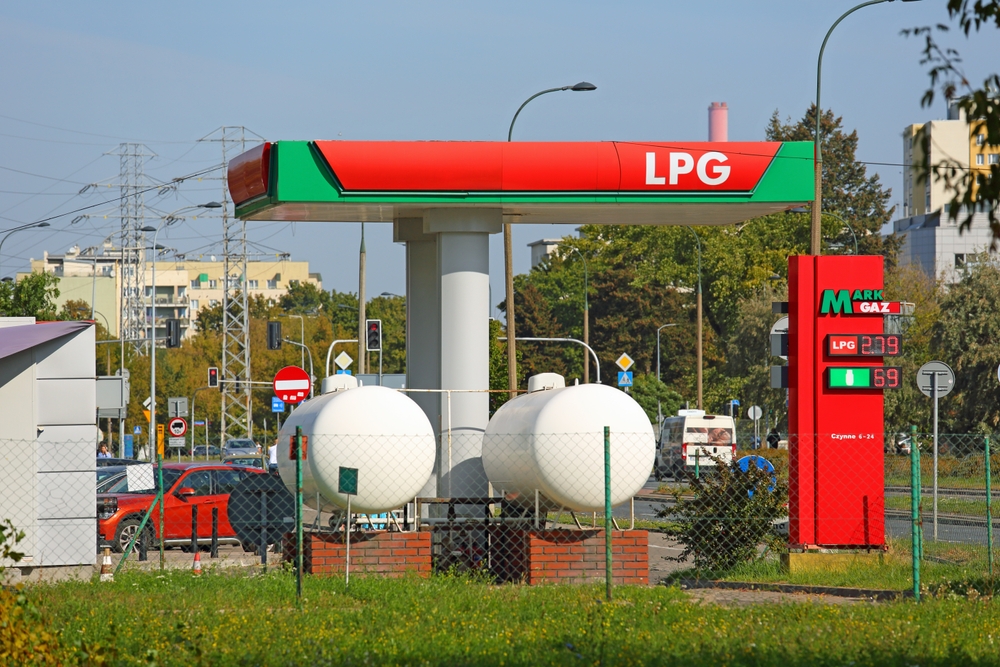The rising price of liquefied petroleum gas (LPG) is already being felt by Poles ahead of the introduction of EU sanctions on cheaper fuel from Russia.
Poland, one of the largest consumers of LPG in the European Union, heavily relies on Russian gas, with nearly half of its imports coming from Russia. Despite efforts to redirect supply sources, Russian gas remains a significant player in the market.
Russian-sourced LPG will be prohibited in the 12th round of EU sanctions entering into force on Dec. 20 — and Polish consumers are being warned they will feel the pinch.
“Prices will increase for the entire market,” said Bartosz Kwiatkowski, head of the Polish Liquefied Gas Organization (POGP), in an interview with money.pl. “Both heating and transport fuel users will be impacted.”
Last year, Poland consumed 2.5 million tons of LPG, while domestic production only covered about 20 percent of demand, making imports necessary. The fuel is used by approximately 8 million Poles, providing heat for over 4.5 million households, and is also used to run 3 million vehicles, including many in the agricultural sector.
The Polish government advocated for the inclusion of LPG in the latest round of Russian sanctions from Brussels despite Poland importing 1.2 million tons of the fuel from Russia last year — around 46 percent of total imports.
It was by far the country’s largest provider, with Sweden a distant second with 22 percent of imported LPG, followed by the U.K. (4.6 percent), the Netherlands (4.5 percent), and the United States (4 percent).
While Poland plans to shift its imports to non-Russian sources, the transition is expected to drive prices higher.
“In 2023 and 2024, the wholesale price of LPG from non-Russian destinations was approximately 20 percent higher than Russian gas,” Kwiatkowski explained. He noted that Russian gas has historically accounted for around 50 percent of Poland’s LPG imports, leading to an anticipated 10-20 percent price increase once the sanctions take full effect.
The transition is underway, but prices are already creeping up at gas stations as a result, with LPG nearing PLN 3 (€0.70) per liter in some areas.
“The process is already underway,” Kwiatkowski confirmed. “Since July, the share of Russian gas in deliveries to Poland has started to decline, while imports from the West — primarily from Norway, the U.K., and the USA — have been increasing.”
Although the United States produces around eight times more LPG a year than Russia, logistical challenges complicate its distribution to Poland.
Households will also pay the price for the new sanctions policy agreed upon in Brussels, with millions of households that rely on LPG for heating having to dig deeper.
“In 2023, there were 140,000 registered LPG tanks in Poland, a 7 percent increase from the previous year,” Kwiatkowski noted.
While officials in Warsaw insist there will be no shortage of the fuel, Poland will be hard-pressed to ensure stock levels remain high and affordable for millions of Poles as temperatures drop and demand ramps up across the country.






